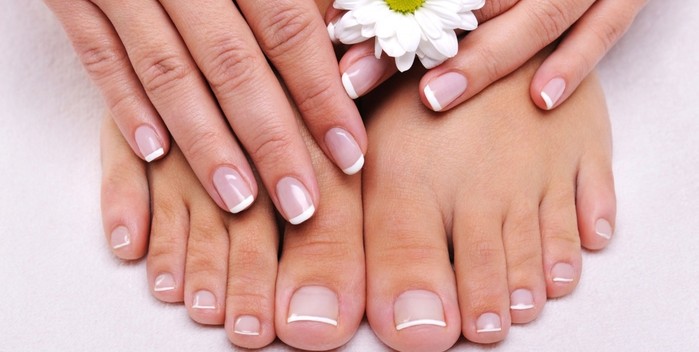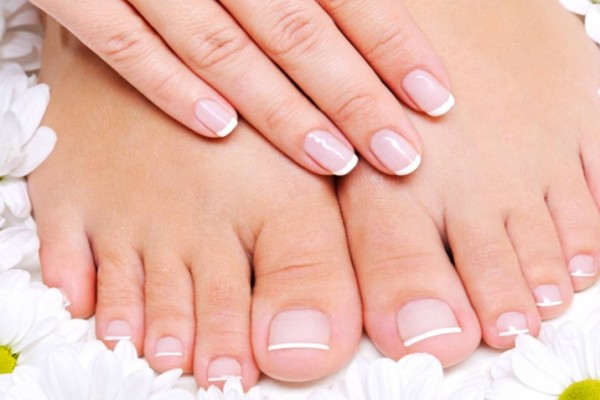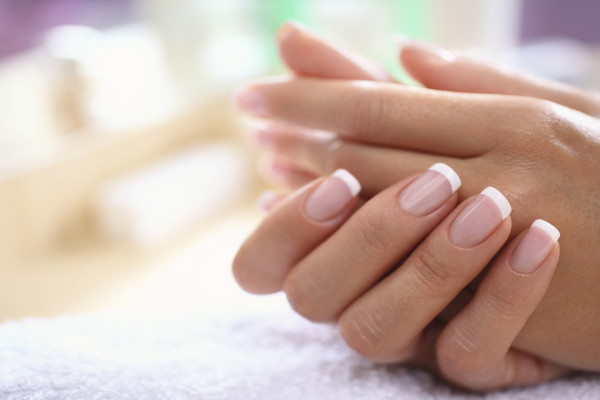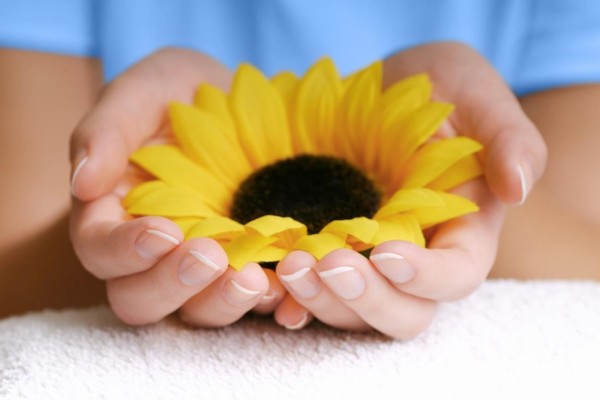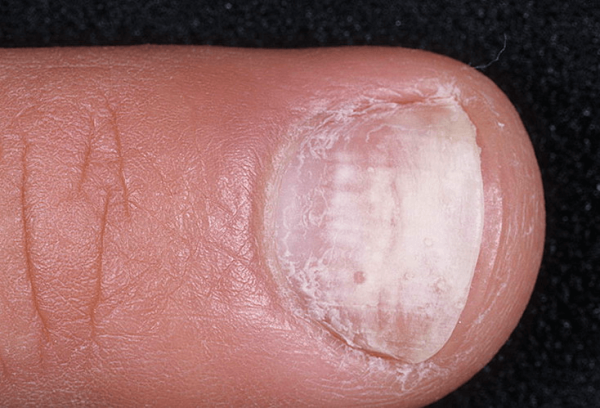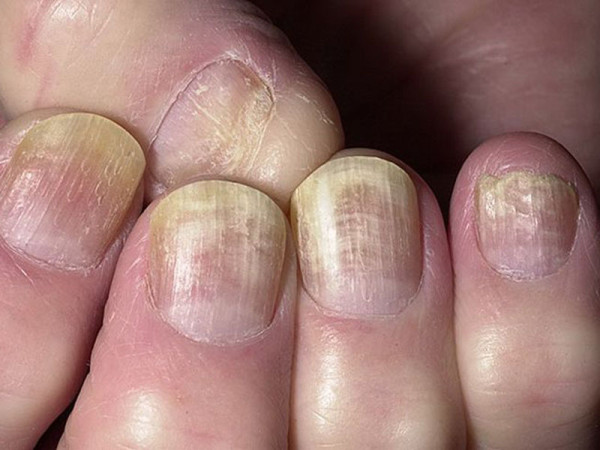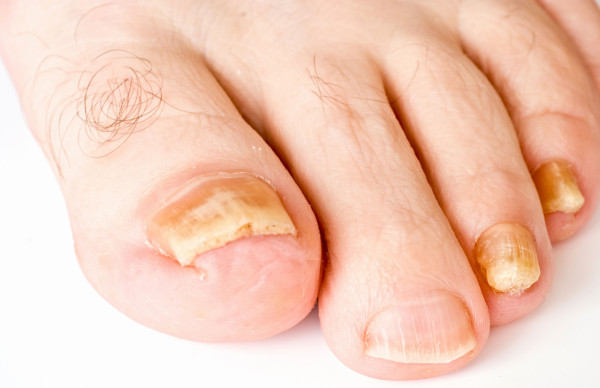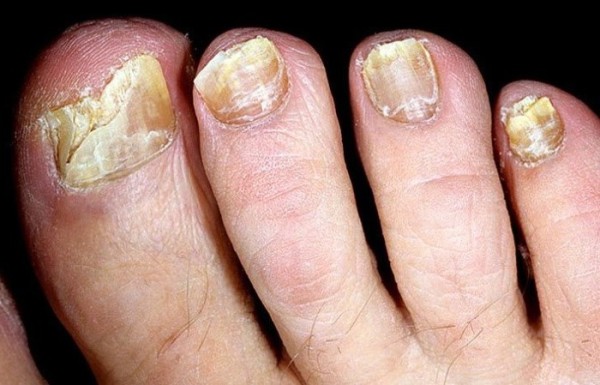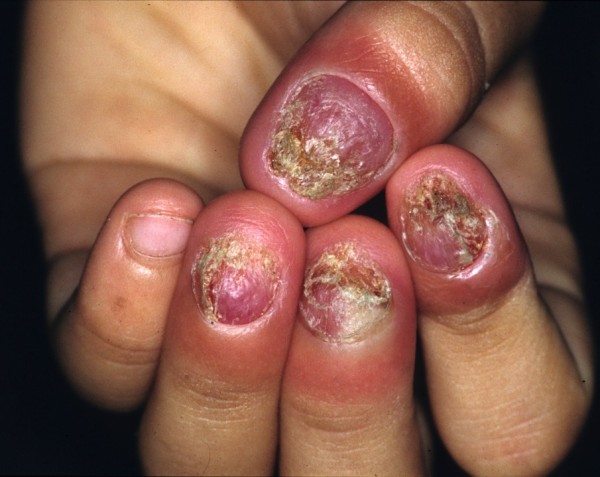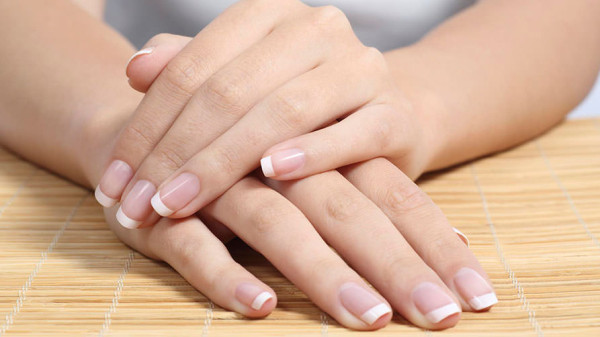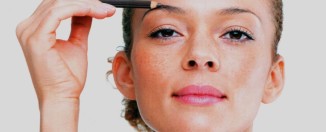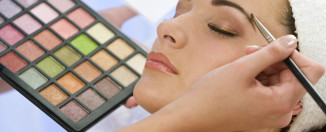Nail fungus: causes, symptoms, treatment, prevention
Nail fungus is an infectious lesion that is triggered by Candida's mycotic organisms and dermatomycetes. By itself, it may not cause harm to health, although experts argue on this matter to this day, but it causes considerable psychological discomfort. Fungus can occur both on the fingernails and on the toenails. Where it comes from, how to deal with it and how to ensure prevention - read our article.
Content
Causes of nail fungus
As already clear, the appearance of the fungus is based on infections, most often these are dermatomycetes. They can penetrate the skin and nail, and they do it in different ways. First, the surface of the foot is affected, and then everything is "transported" to the nail:
- Through the distal edge of the nail. Then the lesion will be localized in the bed of the marigold, and not on the nail itself. The development process leads to flaking of the nail and it simply disappears.
- The process of destruction of the nail occurs several times faster when microorganisms penetrate into the nail through the dorsal part, but this happens extremely rarely.
- In the most rare cases, microbes penetrate through the proximal ridge.
But just like that the fungus does not "prolazit", as a rule, this is accompanied by injuries, damage and destruction of the nail plate. The following factors can be attributed to provocateurs:
- Frequent contact with cleaning agents containing synthetic elements, regular degreasing of the surface, frequent contact with water.
- The toe of shoes made of synthetic materials. Wearing tight and uncomfortable shoes that create a warm and humid environment for the growth of microorganisms.
- The presence of certain diseases can also provoke a fungus. For example, hyperhidrosis stop when the legs constantly and profusely sweat.
- Anatomical feature of the structure of the feet, when the fingers are very close to each other, or flat feet. This is due to the fact that such a structure cannot provide aeration of the legs.
- Growth rates of nails.
- Ignoring the rules of personal hygiene.
- Malfunctions immune system... But nail fungus in this case does not act as the only symptom.
- Phlebeurysm.
- Features of the climate in which people live. Doctors have noticed that most of the fungal diseases occur in areas of cold and temperate climates, where people are forced to wear warm and tight shoes for a long time. But areas where it is warm, but the climate is very humid, are also at risk.
- Age-related changes. In most cases, the diagnosis of the disease occurs in older people. But recently, this rule no longer works, since the growth of fungal infections is also observed in very young representatives of humanity.
- Gender. According to statistics, men are diagnosed with the disease 3 times more often than women.
- Professional factor. Most often, the fungus on the nails appears in people with professions: miner, workers of metallurgical enterprises and nuclear power plants, etc. The increased dust and gas content of the air multiplies the likelihood of infection. The risk group can also include massage therapists, orthopedists, employees of rest homes, etc.
- Nail fungus can be a symptom of a third-party disease: diabetes mellitus, obesity, thyroid disease, venous insufficiency, HIV and others.
- Taking a course of antibiotics.
But besides this, there are other factors that are external. It:
- Using common washcloths, scissors, towels, nail files, etc. Personal hygiene products are “personal”, so that everyone has their own.
- Carrying out the procedure manicure and pedicure in salons that do not pay due attention to the cleanliness of working instruments.
- Visiting private institutions such as baths, swimming pools and saunas, where people spend a lot of time barefoot.
The greatest danger lies in floors made of wood and other natural materials. This is due to their porous structure, where bacteria can stay for a long time in anticipation of a new "victim".
Danger of fungus
Still, the fungus should not be perceived as a purely aesthetic problem. As soon as you suspect you have this disease, you need to immediately seek professional help, otherwise, it will become chronic and can cause a number of third-party diseases. Complications of the fungus are:
- The spread of mycosis over the skin.
- The occurrence of a diabetic foot if the disease is caused by diabetes.
- Erysipelas of the extremities.
- Elephantism.
- Lymphostasis.
- Eczema.
- Detachment of the nail plate.
Symptoms of nail fungus
The good news is that the fungus never infects the entire nail at once and with lightning speed, which means that it can be noticed at the earliest stage and all the necessary measures can be taken to eliminate it. This will be much easier to do than in a state of disrepair. So, let's look at how the problem develops in stages.
First stage (early)
There is a marginal lesion. No pathological changes are visible, but the appearance of gray stripes on the free part of the nail is noticeable. As a rule, many do not pay attention to this, or do not attach importance to light changes, but in vain.
Second stage (damage to the nail plate)
The thickening of the nail is not yet noticeable, but you can see the yeast that the fungus made. They look like stripes or a specific affected sector on the nail plate. The brittleness of the phalanx increases, and the color changes. In some cases, a waste of serous contents may occur.
Stage three (hypertrophic lesion)
At first, a subungual lesion is observed. The nail plate is seriously thickened, changes in color, crumbles, stops growing, and undergoes deformation. The specific symptom at this stage directly depends on which microorganisms were infected.
At the very beginning of the disease, it is difficult to independently diagnose the presence of a fungus, since there are no obvious symptoms. Therefore, be extremely careful about your nails in order to contact a dermatologist for help in time.
Types of nail fungus
There are several types of microorganisms that cause fungal diseases. They all have complex and long medical names. But it makes no sense to go into details, since only a doctor can determine which fungus has affected the patient's nails after a series of tests.
Nail fungus: photo
Nail fungus treatment
Fortunately, modern medicine can offer its patients a wide range of methods to get rid of nail fungus. But it is necessary to select a treatment only after the pathogen has been precisely identified. Otherwise, you can spend a lot of money and time, but still not get the desired result.
Modern drugs aimed at treating nail fungus have a very interesting and useful property. They accumulate in the nail plate and remain there for a long time, thereby providing some kind of prevention. But it is also worth understanding that these drugs have multiple restrictions on their intake and side effects, so only a doctor should treat them!
Removing the nail plate
One of the treatment options for nail fungus is to remove it completely. This will get rid of pathogens by 100%. With proper care, a new, completely healthy marigold will grow very soon. The plate is removed using special preparations that are not drugs, and their composition is quite safe.
Before applying it, the nails must be thoroughly steamed in specially prepared water. In a liter of liquid, dissolve a teaspoon of any liquid soap and the same amount of baking soda. Then dry your nails. With a thick layer, but not rubbing, apply the composition to the affected nail, and apply a patch on top. Be extremely careful not to get the mass on healthy nails and skin. After a month, remove the plaster, steam your legs and use clean manicure tools to clean off the remnants of the nail.
Fungus tablets
Such a harsh method of treatment is used only in the most advanced stages of the disease. These are strong antibiotics that negatively affect the body, especially the liver. Therefore, only a specialist can prescribe it, having determined the dosage and duration of treatment. Some of them are incompatible with oral contraceptives, while others are completely contraindicated in liver and kidney disease.
Laser nail treatment
Attributed to physiotherapy. It is used only in conjunction with taking antibiotics, which can shorten the treatment time and increase its effectiveness. But the laser itself is not capable of killing a fungus, so it cannot be used as the main method. But it is he who helps prevent a relapse of the disease.
Alternative treatment of nail fungus
Treatment of diseases with folk remedies has always been and remains popular. And even experts admit that this method, with regular use, can really get rid of the disease. But, unfortunately, traditional medicine shows high efficiency only at the initial stage of the disease. So, we present to your attention the most popular and effective methods from the folk healing book.
- Prepare a weak vinegar solution (dissolve a tablespoon of the product in a glass of boiled water, if the skin and nail are rough, then the solution can be made stronger). Parse the nail and remove part of it with a file. Wipe the affected skin and nail with a vinegar solution. It is necessary to carry out manipulations every other day, for two weeks.
- The course is 20 days. Apply a drop of iodine (5%) to the affected nails in the morning and evening. Non-affected nails can also be treated as a prophylaxis, but at intervals of once every couple of days. A burning sensation is quite natural for this method of treatment, so you should not worry. But if the discomfort begins to increase, it is better to apply iodine every two days on all nails.
- Mix a spoonful of vegetable oil (can be substituted with 70% vinegar), a raw egg and and Dimethyl phthalate, a teaspoon. Mix everything well and apply the composition exclusively on the affected nail, wrap it in plastic and put on socks. Leave it overnight. Carry out the procedure for four days.
- Good efficiency is shown by the use of birch tar in the form of an ointment (from 10 to 30%). Apply the composition regularly to the affected nail and leave it on for a while, you can overnight.
Nail fungus varnish
Recently, nail polishes are gaining popularity, which fight against the hated fungus. And this is understandable. Unlike the usual tools that you need to tinker with, the use of varnish does not take much time, moreover, it is very easy to use. The most popular varnishes for nail fungus are:
- Cyclopiroxolamine.
- Batrafen.
- Lotseril.
- Mycosan serum.
- Oflomil.
Their advantage is that the usual colored varnish can be applied over it, therefore, the affected nail can be hidden while it is being treated. But in order to maximize the effectiveness of the use of varnish, you should adhere to simple rules:
- Do not stop treatment until you get repeated tests, which show that microorganisms are completely absent.
- Do not skip applying varnish, carry out manipulations regularly.
- Lotseril differs in the duration of treatment. As a rule, it stretches for a year, but you should be patient and continue the treatment.
Treatment with varnish is unacceptable in childhood, with individual intolerance to the components that make up the composition, during pregnancy and during breastfeeding.
Before using the product, remove most of the nail with a file (you need to grind off its surface). After that, the plate must be thoroughly degreased and steamed. Only then is the varnish applied. The composition is removed from the surface in the usual way, using nail polish remover, exactly once a week.
Fungus of fingernails
As mentioned earlier, fungus can damage fingernails as well as toenails. But the first case is worse because the hands are always in sight, so the fungal infection of the nails causes a lot of discomfort.
In treatment and symptomatology, fungi on the nails of the hands and feet do not differ, however, as well as the treatment. Therefore, everything that was described earlier can be successfully applied in this case as well.
Prevention of nail fungus
When a person has a strong immune system, then even after infection with fungal microorganisms, they will not harm the person. Since the body will be able to independently cope with opponents. But if the fungus still managed to spread, then urgent measures must be taken. Treatment is very time consuming and financially costly. That is why it is much easier to organize preventive measures to prevent its occurrence altogether, especially since it is very simple to do this.
- Do not walk barefoot on the beach, always wear shoes.
- Never wear someone else's shoes. Even at a party, when slippers are offered, it is better to refuse and walk in socks.
- Do not use other people's tools for manicure and pedicure, buy your own and do not give them to anyone.
- When leaving the bath, spread a clean towel in advance, do not use a common rug, even if “all your own”.
- Inspect your nails regularly for changes in the nail plate.
- Treat the insides of your shoes with antiseptic preparations on a regular basis.
- Buy shoes only from natural materials and the one that does not press or press anywhere, the leg should be comfortable to "sit".
- Prevent foot sweating by using special sprays, creams and deodorants.
- Wear only cotton socks to allow your feet to breathe.
- Soak your feet daily using a variety of herbs (oak bark is a great option).
- In hot weather, give preference to open and ventilated shoes.
- Do not try on shoes in stores without first wearing a sock.
- After the bath, always wipe your feet dry, especially the places between the fingers, because this is where this infection begins to occur.
- Moisturize your feet to prevent cracking.
- Keep an eye on your nails and trim them properly to prevent ingrown toenails.
- Choose salons for manicure and pedicure with special care, you should not go to suspicious establishments.
- Do not walk in wet shoes, dry them thoroughly before putting them back on.
Despite the impressive list of preventive measures, it is not at all difficult to carry out them, just take each item as a rule and follow it by default. After all, this is an important issue of health, nothing is a pity for this.
